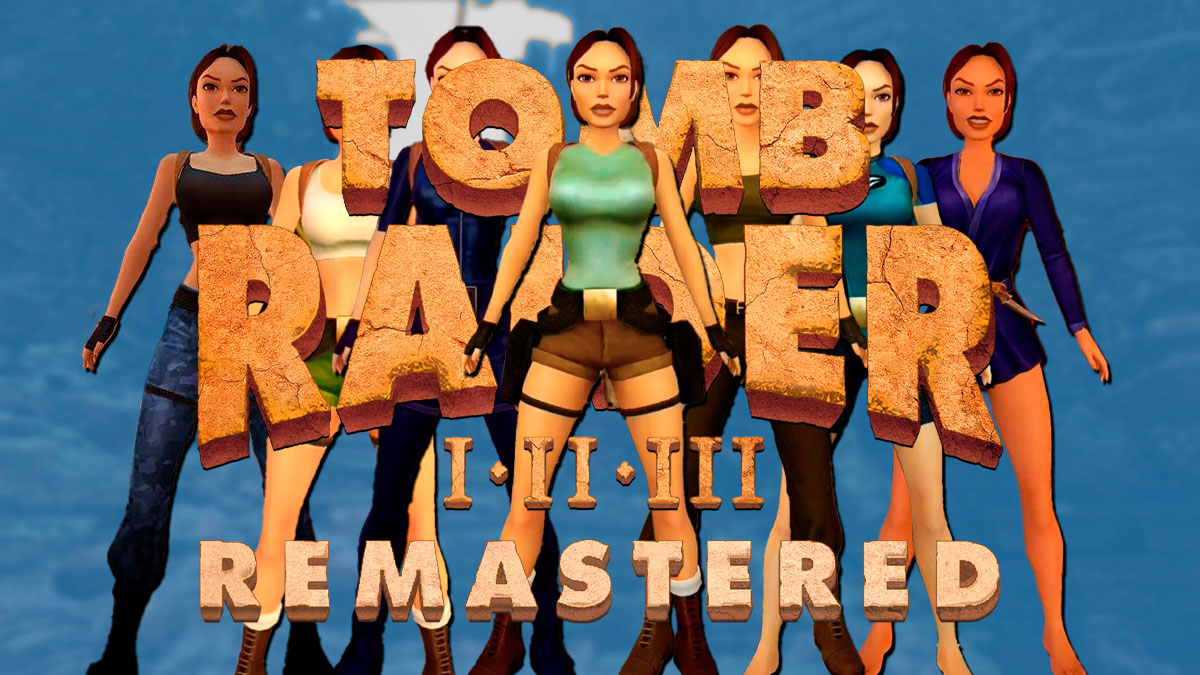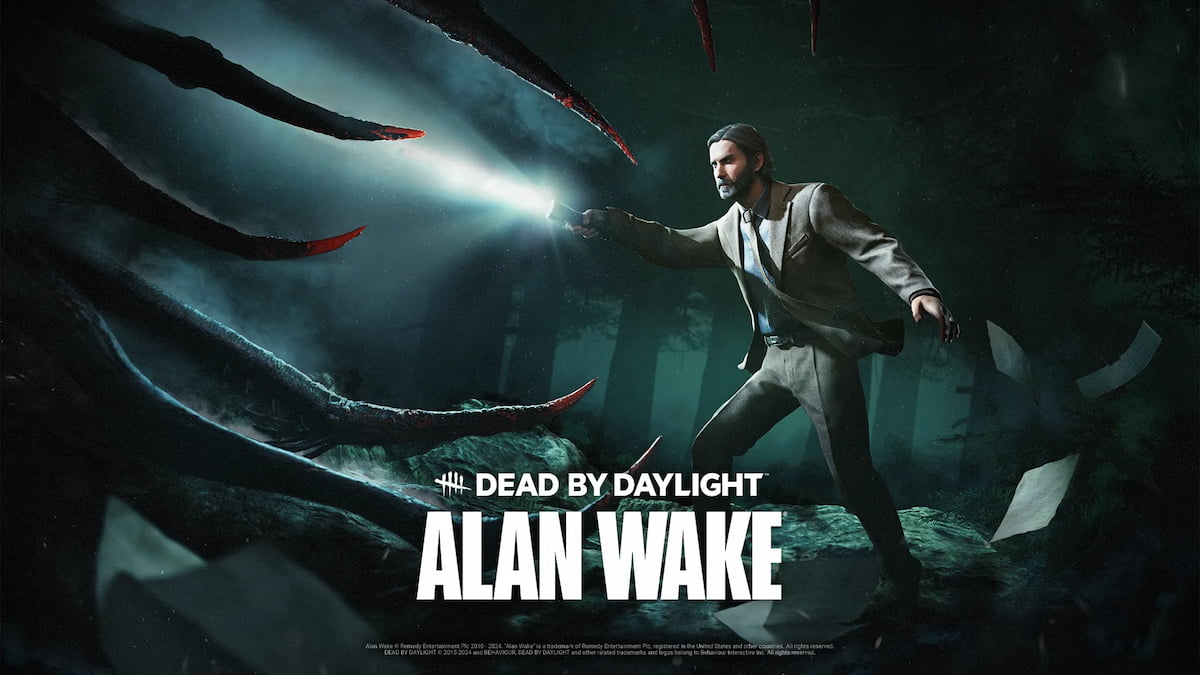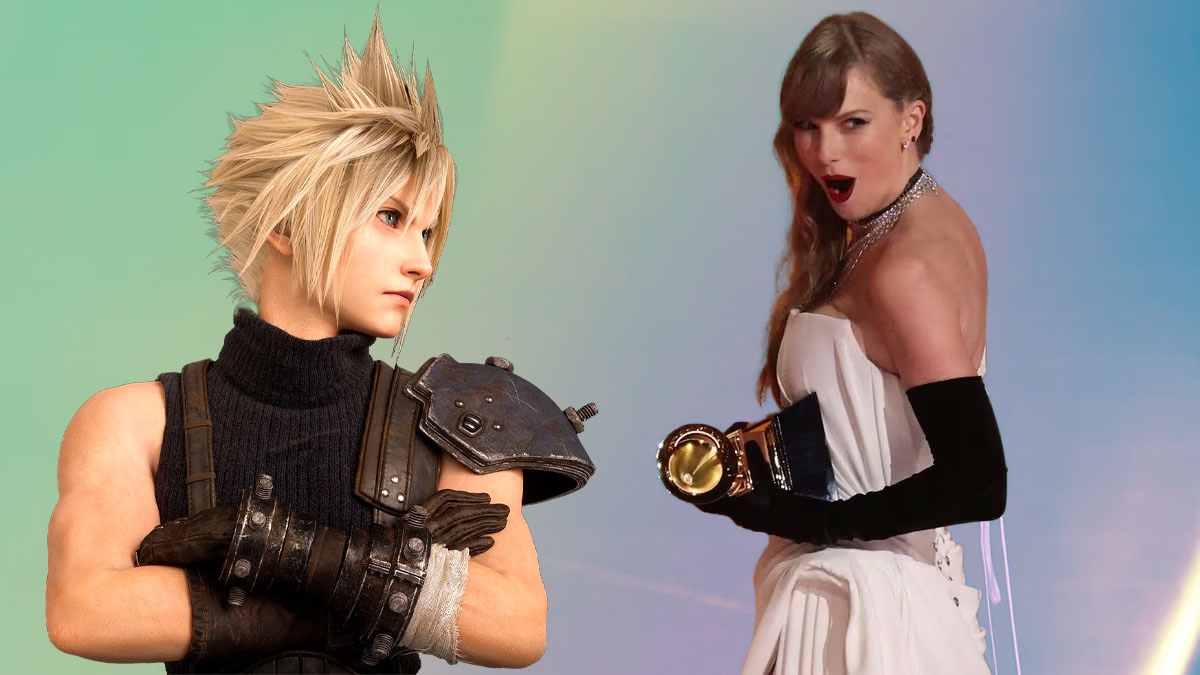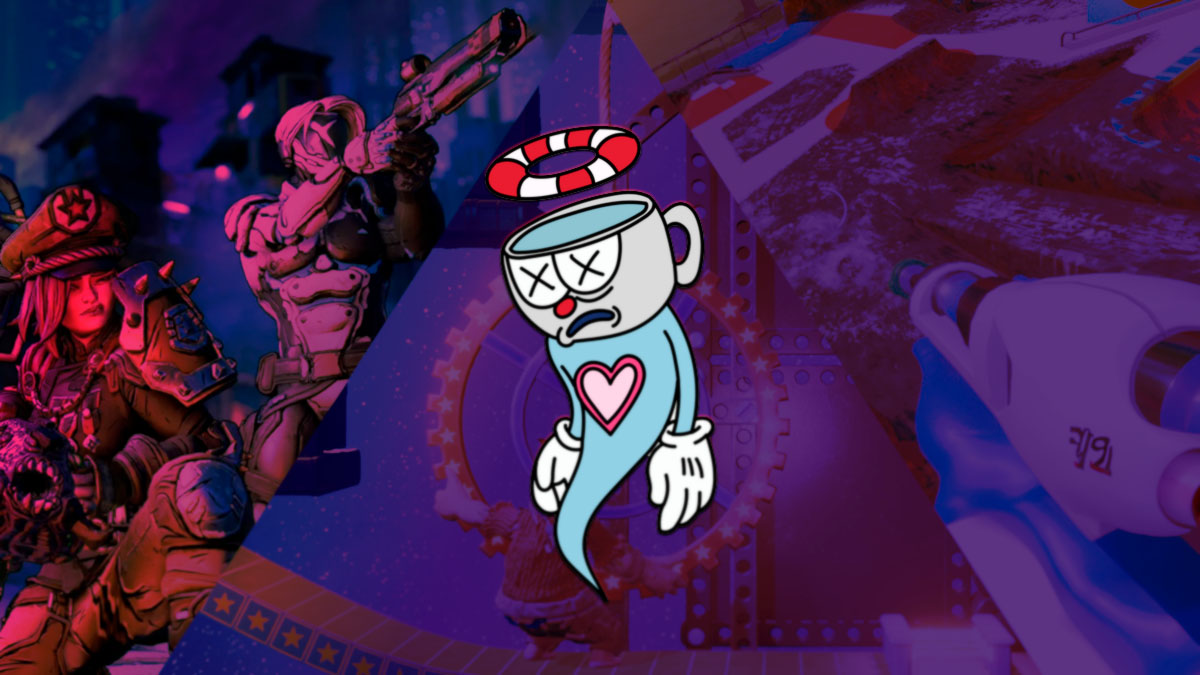A short discussion of how the game industry’s sales tactics differ from other industries’ (or more specifically, how they don’t).
The gaming industry is still, in many ways, in its early stages. No longer in its infancy but more its adolescence, with a lot of growing pains and sudden, significant shifts in the landscape hitting hard and fast.
Nothing changes faster than how the industry reacts or changes in response to something threatening its profits, or promising more of them.
Trend chasing is a massive part of the industry, and a much-maligned one at that, with one genre or another seeing success and then every other company following the leader until everyone is thoroughly sick of everything involving that trend. It happened with MMOs, FPSes, cover shooters, and so on until the more recent trends of open world “live service” games and battle royale games, and there’s no doubt that in the next year or two the market will be saturated with clones of some currently unforeseen smash hit.
Trend chasing doesn’t just extend to genres, however, but how the games themselves are monetized or protected. We’ve run a gauntlet of successful and not so successful business models over the last decade, from a deluge of service fees and subscriptions, to “online codes” locking features of the game to only the first purchaser, and so on. All were controversial in their own time, but none I think are or ever will be as much so as the current torrent of outrage over microtransactions and loot boxes in particular.
Loot boxes have seen a level of scrutiny unprecedented in the past over a monetization feature, in large part for being gambling-by-another-name, even if they are not legally defined as such (yet; winds seem to be shifting in that regard).
However, the controversy has often been somewhat disconnected from that, with loot boxes and microtransactions in general usually being branded with the label of “predatory,” perceived to be preying on vulnerable individuals. Loot boxes on gambling addicts (of those with the buried tendency to become one), and microtransactions on shopping addicts or similar targets that get a rush from impulse purchases or keeping up with the Joneses in some regard.
Jim Sterling recently put out a video entitled “The Addictive Cost of Predatory Videogame Monetization.” While not a new topic on his show, this particular video is probably the best one he’s done on the subject, with specific, first-person accounts of how loot boxes and microtransactions, in general, have impacted certain people, ruining their ability to enjoy some of the games they love, or even their lives in general.
There is a recurring segment in that video that got me thinking. At multiple points in the video, Sterling talks about a man named Torulf Jernström, CEO of Tribeflame, one of the older mobile game companies around. Precisely, he hits on a talk the man did for Pocket Gamer Connects 2016 in Helsinki, entitled “Let’s go whaling: Tricks for monetizing mobile game players with free-to-play.”
In this, Jernström touches on several successful monetization practices for free to play mobile games (Clash of Clans and Candy Crush Saga are frequently used examples). These include the “hook, habit, hobby” cycle where you break through someone’s mental barrier to force a minor purchase on a (usually) legitimately good deal to get them invested in the game, and slowly wear them down from there to turn them into a recurring spender.
Sterling blasts several of the tactics there, including “hook, habit, hobby” and roasts Jernström himself quite strongly, but I found myself left cold by some of his arguments at the time. It took a bit to digest before figuring out why.
The reason is they are very, very basic sales tactics. It’s incredibly common behavioral psychology tricks for increasing sales in any industry. I worked sales for years, though was never formally taught any of this, but it’s something you pick up on the job if you want to be successful, and if you start paying attention to the marketing tactics that companies throw at you: particularly retail stores.
I worked for a company called Marbles The Brain Store for a while when I was doing sales. They were a chain that sold board games, with a gimmick based around being “brain training” (the store was organized in sections by which part of the brain each type of game was supposed to work out). A lot of the board games were set out on tables for customers to play with, and we as employees were allowed (even encouraged) to play with customers when they came in.
The average sales interaction goes like so: let the customer walk around for a bit after greeting them unless they specifically ask for something. Nothing scares off a customer more than immediately starting the hard sell the instant they walk in.
Take note of what they’re looking at and what they seem interested in, and ask them about it. See how excited the customer are and if they’re curious about anything. If they do, ask if they want to play a game. Even if it’s not on the table (which it usually is), we have a copy of it I can grab from behind the counter if they’re interested.
If they play a game with you, you pretty much have them, they’re invested in the game, win or lose, and are often left with a desire to get better. This works best if you (the sales associate, or “Brain Coach” as we were called) are good at the game in question, and can play to such a degree that you can win while holding back enough not to crush them.
Engage with them for a while longer, maybe play a few other games. Inform them you’re putting a copy of the game behind the counter for them just in case. 90% of the time by that point, they’re making the purchase. Try to tease out if they have any upcoming birthdays for friends or family, or similar gift giving events (Christmas is a huge one) and see if you can get them to pile on a few more games to the list.
Once they’re at the counter, ask if they want to enroll in your rewards program. Genuinely sell it to them, because it is, after all, nothing but a good deal for them. Pretty much everyone will go for it. About 85% and I’m not pulling those numbers from anywhere. Also, try to upsell them on impulse buys like fidget items while you’re bringing up their other purchases. The more brazen, the better; they’ll know you’re just trying to get a more significant sale and probably won’t care.
Let them leave, and happily wave goodbye and say you’ll see them again soon. Everybody that signed up for the rewards program will come back at least until they hit that first rewards threshold (X% discount on a purchase after spending Y amount).
You’ve probably had an interaction like this (minus the board games, perhaps) at pretty much every retail store you’ve ever been to. Particularly the rewards program bit; I know it’s vast at Target and Kohl’s too, and probably other places.
Let’s break that down into a few of the tactics Jernström was talking about.
“Hook, habit, hobby” is the big one. You hook them four times. Once when playing the board game, second when you put it behind the counter, third when you get them to buy the first item, and fourth (and most significant) when you sign them up for the rewards. The hook, or “ice breaker” breaks down that barrier that says they won’t spend money on something they don’t need. “I certainly won’t spend $40 on a variant of Tic Tac Toe” might be their thought going in. Playing a game or two and realizing it’s fun breaks down that barrier, or at least puts a crack in it.
It might not even break the ice for that specific item, but it removes the consideration that nothing in the store is worth spending money on. Most people come into a store in the mall to kill time, not open their wallets. And what better place to kill time than somewhere you can play board games for free? This is the equivalent to a free-to-play game giving you a free sample of some purchasable item and letting you spend it on something.
Putting it behind the counter is a pretty direct comparison to “welcome packages.” You know the ones; extraordinarily efficient deals in a free game, usually costing between $5 and $10 that are far and away better value than the average. Let me tell you about it every time you log on until you buy it. You’ve already made the purchase; you don’t know it yet. Click the button, we both know you’re going to.
The final purchase is, of course, a big hook. They’ve already invested money. The real clincher though is the rewards, which combines “hook, habit, hobby” with another tactic: timed offers. They’re hooked and inclined to turn their shopping into a hobby because they’ve already pierced that purchase barrier. Marbles is now a place they can justify spending money because they already have. But also, your rewards progress expires after a year, better come back and hit that threshold before they go away. There are your timed offers right there.
Logically speaking, there’s no particular need to spend $100 on board games to get a 10% discount on your next purchase after that, just like there’s no need to buy that $60 game on sale when it’s $30 just because it’s on sale even if you don’t really want it. But the mere idea of losing out (loss aversion) combined with an invisible ticking clock (artificial scarcity) encourages you to come back and spend more to hit that 10%. Then come back to make use of 10%. But hey you’ve now spent another $50, so you’re halfway to the next threshold.
This is just a small example of what I’m talking about. It’s the same reason everything is always on sale at JC Penney because people love the idea of getting a good deal (to the point the company almost went out of business when they stopped calling them sales and just slashed the base price) on things they don’t need. It’s the entire selling point of Steam sales and Humble Monthly, for example.
This brings us back around to my main point. These tactics are straightforward and utterly ubiquitous. Every salesperson with a lick of experience knows them, and every retail store uses them on a vast scale. People are surrounded by these tactics daily and don’t bat an eye at them.
So why are they “predatory” when the game industry uses them? What’s the difference in perception?
I can’t speak for everyone, but I’d hazard a guess that it’s the complete transparency on the part of these large gaming publishers. The trend chasing is a double-edged sword for the industry; it allows short term gains, but never allows a real status quo to form.
People have been inundated with these exact sales tactics from other industries for years; decades, really, and have become pretty much desensitized to them. But the games industry is newer, and their adoption of these marketing and sales strategies more modern yet, so people see them for what they are: predatory. Even apart from any moral argument, that’s what they are in both contexts. There’s a reason people in high-end sales and acquisitions work use terms like “shark” to describe themselves because that’s the mindset you have to have to pursue a deal aggressively. You are predator; the customer is prey.
This could also be combined with the increasing lack of any physical reward for buying into these tactics. Buying a skin, or a level skip or even a subscription gives you nothing tangible. It doesn’t feel real in a way, as though the company has just taken your money. There is also, unlike a physical purchase, pretty much no way to get your money back save a full refund and return. You can’t trade it to a friend or resell it online (most of the time). That money is simply gone, and it’s hard to break through the barrier that you are buying what is essentially an experience rather than a product because of the way the game industry wants to have its cake and eat it too: selling goods but calling them services, and increasingly seeking to blur the line between the two.
This and more probably contributes to a general feeling of resentment toward a lot of these companies, when the same tactic is forgiven daily by every other company you interact with. The games industry is different because it is trying to be everything and have everything all at once, giving it none of the credibility to lean on or ubiquity to hide behind that other industries have built over the years.
You’re left with a bit of a problem when an “open secret” (companies don’t care about you, they care about your money) that you can tuck away in the back of your mind drops the “secret” portion and is openly shoved in your face daily.









Published: Jul 4, 2019 12:16 am